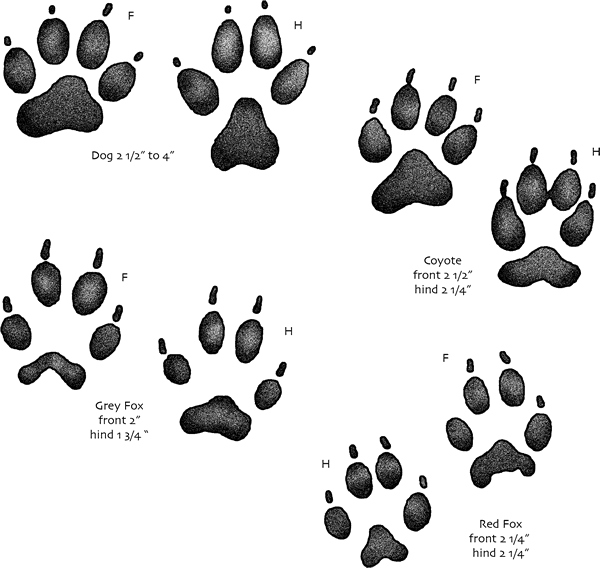Maybe the Shapefile was right after all
Sometimes I agree with Martin Daly's suggestion that the Shapefile was right all along. Not about everything, of course, but about the lack of distinction between the geometric objects that the OGC's Simple Features model classifies as polygons and multipolygons. What's the essential difference between a polygon and a set of non-intersecting polygons with only one member? I'm not convinced that there is one. Consider the features in the image below (from http://education.usgs.gov/kids/tracks.html).

In the simple features model, you'd classify all of these nine-part prints as multipolygon features. In the coyote's hind print, however, the slight merger of the middle toe prints hints at what we might see if the prints were made in a soft enough medium: single part contiguous prints.
Why would we want the representation in data of a print to change from a multi-part multipolygon to a single polygon as we dilate it (by making it deeper in this analogy)? If I was designing a format for the exchange of animal print data, I'd like all prints to be of the same geometric type whether they were shallow or deep. Wouldn't you? If not, why not? What would be the use of having separate polygon and multi-polygon types and prints that flip-flop between them depending on incidental conditions of their observation? And would any use outweigh the cost of documenting and explaining the difference?